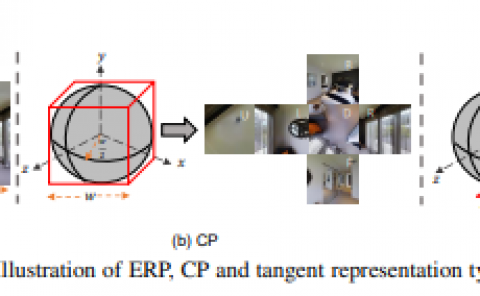Optical Wireless Sytems for Spine and Leaf Data Center Downlinks
PubDate: Nov 2021
Teams: University of Leeds
Writers: Abrar S. Alhazmi, Sanaa H. Mohamed and, T. E. H. El-Gorashi, Jaafar M. H. Elmirghani
PDF: Optical Wireless Sytems for Spine and Leaf Data Center Downlinks

Abstract
The continually growing demands for traffic as a result of advanced technologies in 5G and 6G systems offering services with intensive demands such as IoT and virtual reality applications has resulted in significant performance expectations of data center networks (DCNs). More specifically, DCNs are expected to meet high bandwidth connectivity, high throughput, low latency, and high scalability requirements. However, the current wired DCN architectures introduce large cabling requirements and limit the ability to reconfigure data centres as they expand. To that end, wireless technologies such as Optical Wireless Communication (OWC) have been proposed as a viable and cost-effective solution to meet the aforementioned requirements. This paper proposes the use of Infrared (IR) OWC systems that employ Wavelength Division Multiplexing (WDM) to enhance the DCN communication in the downlink direction; i.e. from Access Points (APs) in the ceiling, connected to spine switches, to receivers attached to the top of the racks representing leaf switches. The proposed systems utilize Angle Diversity Transmitters (ADTs) mounted on the room ceiling to facilitate inter-rack communication. Two different optical receiver types are considered, namely Angle Diversity Receivers (ADRs) and Wide Field-of-View Receivers (WFOVR). The simulation (i.e. channel modeling) results show that our proposed data center links achieve good data rates in the data centre up to 15 Gbps.

